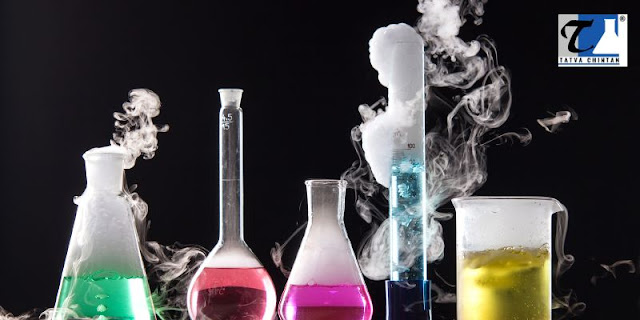A Guide to Phase Transfer Catalysts Used in Chemical Industry
The chemical industry needs substances that help to facilitate manufacturing processes. A compound effective at this is a Phase Transfer Catalyst (PTC). PTCs are widely used in the chemical production industry for drug development, polymerization, and organic synthesis applications. This guide discusses the different types of PTCs and their applications.
What Is a Phase Transfer Catalyst?
Phase Transfer Catalysts are compounds that can transfer ions or molecules from one phase to another. This type of catalysis is a unique one. In the absence of a PTC, ionic reactants are not soluble in an organic phase but soluble in an aqueous phase.
The function of the catalyst is as a detergent that solubilizes the salt in specific reactions. When solubilized, the salt is moved to the organic phase. Upon the addition of PTC, phase transfer catalysis happens, which is the reaction's acceleration.
Using a PTC in the chemical production industry can help make fewer byproducts, obtain higher yields or conversion, achieve faster reactions, and eliminate the need for dangerous or expensive solvents. In green chemistry, PTC is useful as it reduces the need for solvents by allowing water use.
Different Types of Phase Transfer Catalyst and Their Application
1. Quaternary Ammonium salt
Quaternary Ammonium salt is a common PTC that acts as a link between the two immiscible phases. It facilitates the transfer of molecules and ions from one phase to another. It finds application in the synthesis of pharmaceuticals, surfactants, and agrochemicals.
Reactions with anions that involve charged species often find quaternary ammonium salt useful. This is because it facilitates the transfer of this species to the organic phase. This PTC is also used in oxidation, esterification, and alkylation reactions.
Additionally, quaternary ammonium salt can minimize the use of hazardous solvents while improving selectivity, yields, and reaction rate. When used as a PTC, quaternary Ammonium salt is an important compound that helps to improve the sustainability and efficiency of different chemical processes.
2. Crown Ethers
Crown Ethers are cyclic polyether compounds that selectively bind metal cations. This property makes them suitable for use as a PTC in the chemical manufacturing and processing industry.
Furthermore, it enables the transfer of metal ions between two immiscible phases. It also improves its solubility in organic solvents. Other than this, crown ethers are used in some chemicals' extraction and separation processes. As a PTC, they can selectively extract metal ions from mixtures.
The organic synthesis reaction of chemicals is another application of crown ethers. In an organic synthesis reaction, they facilitate the formation of metal-containing organic compounds. Just as with other PTCs, the use of crown ethers in the chemical industry reduces the use of toxic catalysts and improves reaction efficiency, selectivity, and yields.
3. Cryptands
Cryptands are useful PTC because they can selectively bind to cations and metals. It is also a class of macrocyclic compounds that enhances the transfer and solubility of metal ions between two immiscible phases. This makes it an important compound in different separation and organic synthesis processes.
Cryptands also improve the selectivity and reaction yields of reactions in which metal cations are involved. It is also an effective PTC for the purification and separation of metal ions. This is together with other small particles from complex mixtures.
The chemical industry provides efficient and selective transfer of cations and metal ions. This is in addition to the development of more sustainable chemical processes.
4. Calixarenes
Calixarenes is another compound that selectively binds different small organic compounds and molecules. It is a class of macrocyclic compounds and an important PTC. It finds application in different processes, including extraction processes. This is because of how efficiently it enhances solubility and transfer between two immiscible phases.
Calixarenes can also be used to separate and purify complex mixtures of organic and inorganic compounds. They are also efficient in reactions that involve charged or polar species. Here, they help to improve reaction yields and selectivity.
Generally, using calixarenes as a PTC provides the selective transfer of different types of molecules, ions, and small organic compounds.
5. Cyclodextrins
Cyclodextrins are a class of cyclic oligosaccharides. As a PTC, it is useful, especially when reacting with poorly soluble or hydrophobic substances. It also finds application in stabilizing and encapsulating organic compounds in aqueous solutions.
Cyclodextrins are a versatile and valuable tool for the chemical industry, with a wide range of applications in organic synthesis, drug delivery, and materials science.
Conclusion
Phase Transfer Catalysts are important compounds in the chemical manufacturing processes. There are different types of PTC, and they improve the selectivity and yield of the chemical reaction. Pharmaceuticals, agrochemicals, and surfactants are among the applications of PTCs.






Comments
Post a Comment